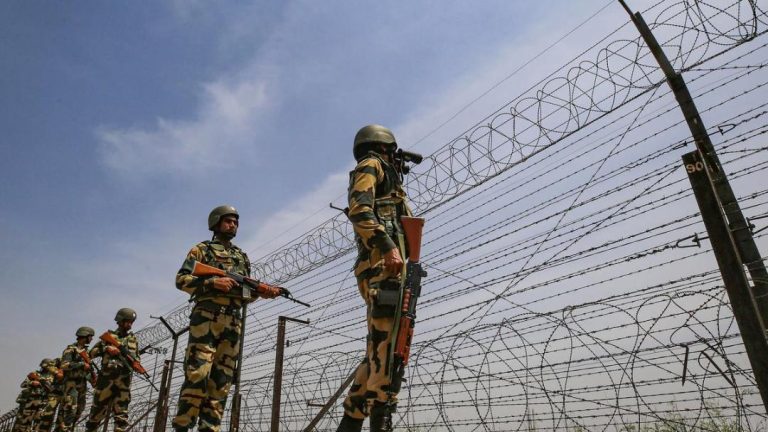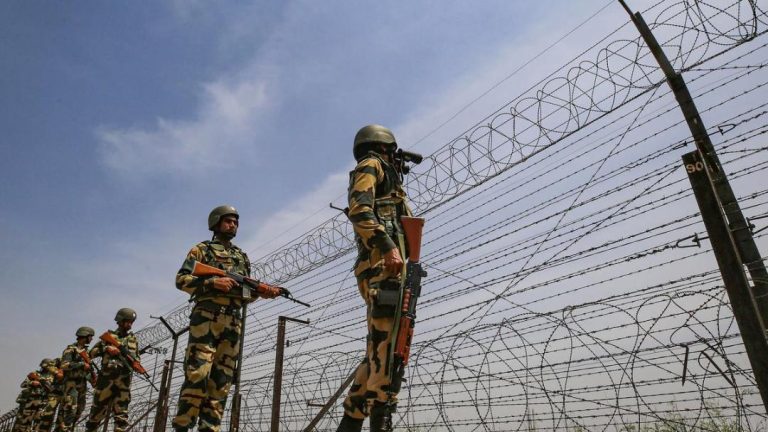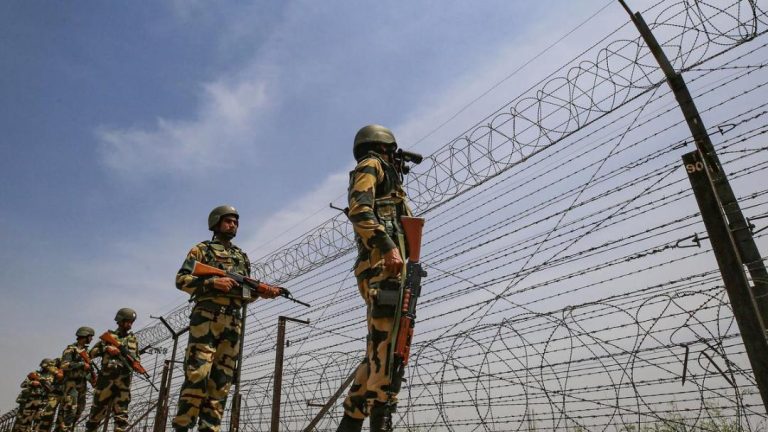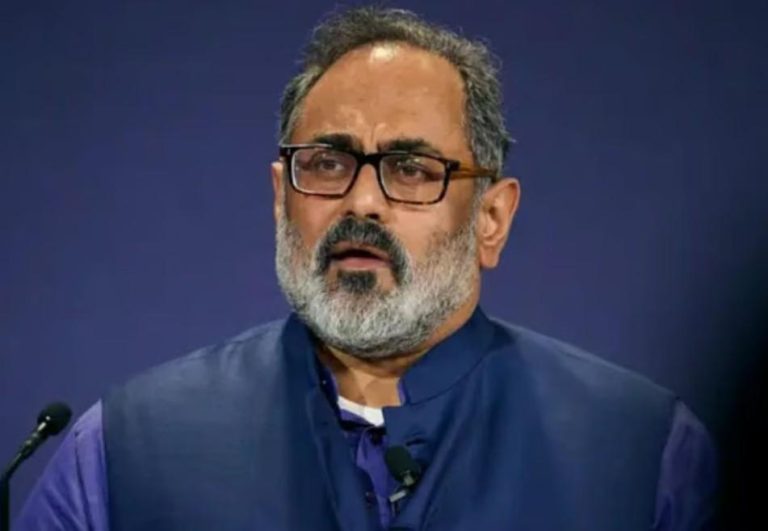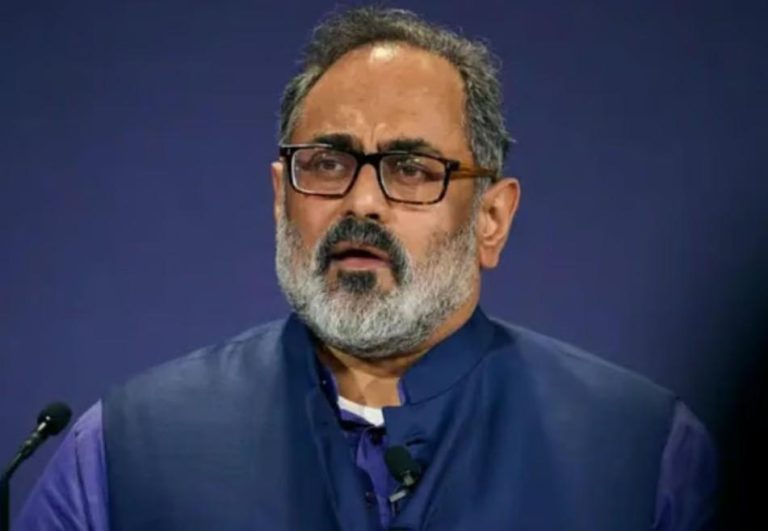
How Accurate Were Delhi Exit Poll Predictions in 2015 & 2020?
Exit polls have become an integral part of the Indian election landscape, providing a glimpse into the likely outcome of a poll even before the votes are counted. In the 2015 and 2020 Delhi Assembly elections, exit polls predicted the outcome of the polls with varying degrees of accuracy. In this blog post, we will analyze the accuracy of these predictions and examine the factors that contributed to the discrepancies.
2015 Delhi Assembly Elections: A Surprise Win for AAP
The 2015 Delhi Assembly elections were a significant event in Indian politics, with the Aam Aadmi Party (AAP) looking to repeat its stunning performance in the 2014 Lok Sabha elections. Exit polls estimated that AAP would secure 45 seats, the Bharatiya Janata Party (BJP) would win 24 seats, and the Congress party would manage just one seat. However, the actual results turned out to be a surprise for many. AAP won 67 seats, leaving BJP with just three seats and Congress with none.
The exit polls were widely off the mark, with some predicting a narrow win for AAP or even a hung Assembly. The actual outcome was a landslide victory for AAP, which won over 50% of the total seats. The reasons for the inaccurate predictions were varied. One factor was the lack of clear-cut trends in the voter sentiment, with many voters still undecided right up until the last minute. Additionally, the polls were conducted on a narrow sample size, which may not have been representative of the entire electorate.
2020 Delhi Assembly Elections: A Repeat of 2015?
Four years later, in the 2020 Delhi Assembly elections, exit polls predicted a repeat of the 2015 outcome. According to the polls, AAP would win 54 seats, while BJP would manage just 15 seats. However, the actual results were once again a surprise for many. AAP won 62 seats, while BJP won eight seats. The Congress party, which had been in the fray in 2015, managed to win zero seats once again.
The exit polls were again off the mark, with many predicting a more convincing win for AAP than the actual outcome. The reasons for the inaccuracies were similar to those in 2015. The polls were conducted on a narrow sample size, and the voter sentiment was still uncertain right up until the last minute.
What Went Wrong?
So, what went wrong with the exit polls in both the 2015 and 2020 Delhi Assembly elections? There are several factors that contributed to the inaccuracies.
One major factor was the lack of clear-cut trends in the voter sentiment. In both elections, many voters were still undecided right up until the last minute, making it difficult for the polls to accurately predict the outcome.
Another factor was the narrow sample size of the polls. Exit polls typically survey a small sample of voters, which may not be representative of the entire electorate. This can lead to inaccuracies, especially if the sample is not diverse enough.
Additionally, the polls were also influenced by the prevailing mood and sentiment of the voters. In both elections, the mood was anti-establishment, with many voters looking for an alternative to the traditional parties. This made it difficult for the polls to accurately predict the outcome, as the voters’ preferences were not clearly defined.
Conclusion
Exit polls have become an essential part of the Indian election landscape, providing a glimpse into the likely outcome of a poll even before the votes are counted. However, the accuracy of these polls can vary significantly, as seen in the 2015 and 2020 Delhi Assembly elections. The reasons for the inaccuracies are varied, but the lack of clear-cut trends in the voter sentiment, narrow sample size, and prevailing mood and sentiment of the voters all played a role.
Despite the inaccuracies, exit polls remain an important tool for understanding the likely outcome of an election. By analyzing the polls and understanding the factors that contributed to the inaccuracies, we can gain a better understanding of the election landscape and make more informed predictions about the outcome.
Source:
